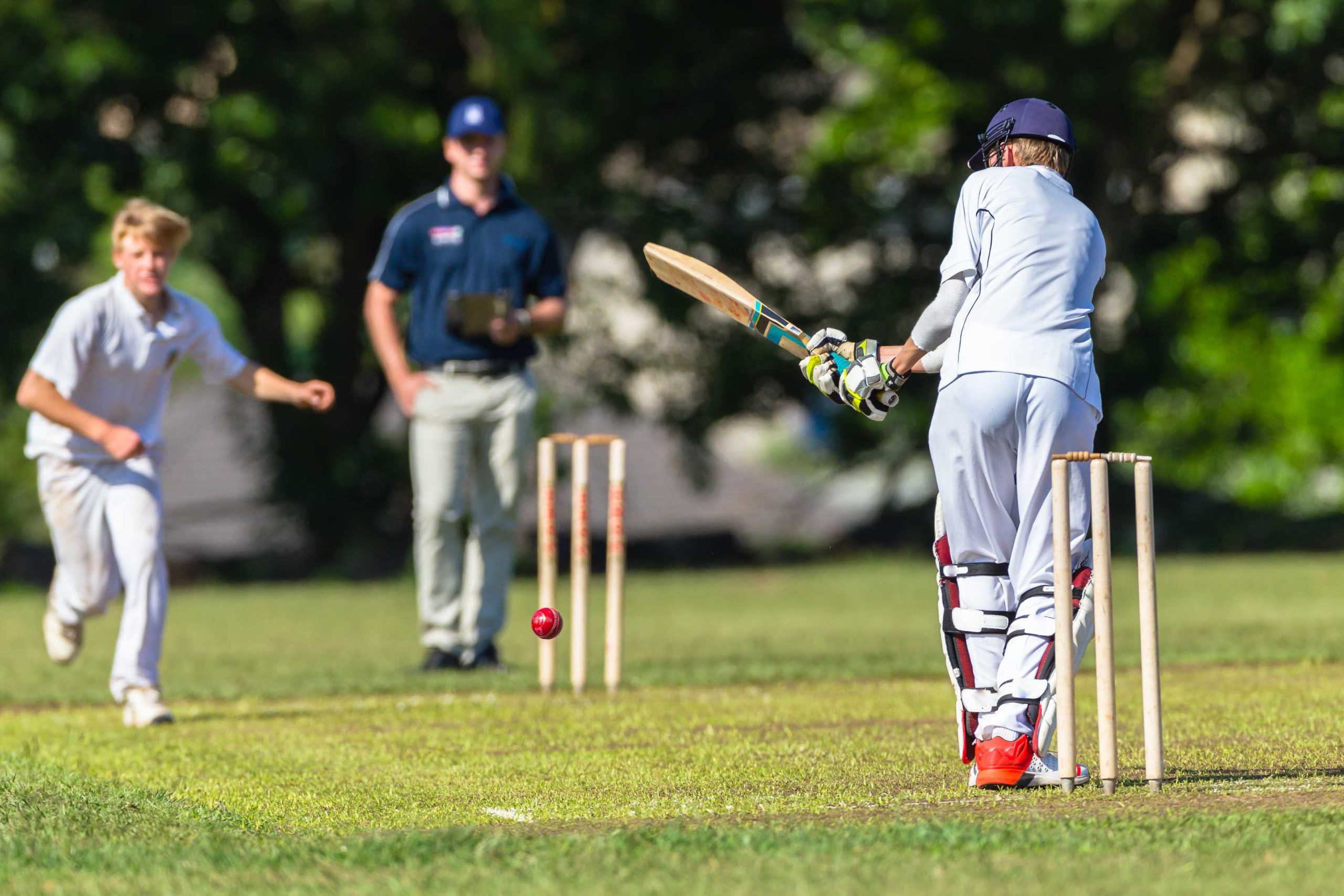
Cricket has to be one of the most popularly followed and played sports around the world. It is popular in countries like Australia, England, and some parts of Asia. Where it seems to be extremely popular, however, is in India.
Cricket is known to be the second most popular sport worldwide next to soccer. It’s one of the most wagered on sports too. There are many online and in-person cricket bookies that people flood to whenever a cricket season is up.
It is the most popular sport in India and this is evident in the fact that the country has many sports clinics scattered all over to teach children and adults this sport. There simply is a career in coaching people in this sport.
Now, it does take knowledge and experience to be able to effectively coach players. However, there are still other important factors to also consider if you plan on being a cricket coach yourself. As a coach, you need to be able to draw out the best from a player.
Coaching is more than just assigning and telling players what they should be doing. It’s not just about telling the players what to do and just flood their minds with information. In cricket, it’s more than just telling a batsman to play straight to get more side-on. Technicalities are important but it’s also not everything when it comes to coaching.
As a coach, you need to be able to run net and fitness sessions. It’s your task to develop players based on their strengths and goals. You’ll also be the one to manage preparations before every match and just really take control of the bigger picture.
Cricketers usually have a hard time seeing past their performances. Being a coach enables you to see the team as a whole and so you can help and guide all of them to work as a team and to remain on the right track each season.
Before you start a coaching session, you must assess the player first. Take a look at how he or she plays and what his or her strengths and opportunities are. Take note of these and talk to them about it. This is a good start to also determine whether you have a coachable player in front of you.
There will always be players that will be tough to coach. These are usually the ones who think that they are already great with what they’re doing. There are a few techniques on how you can make this player listen to you. Usually, it starts with praising them with the things that they do best and showing them how they can be the best if they are already great at something.
If you have someone who is very coachable, then you’re lucky. These are players who are very much willing to listen and learn from you. They are the ones who see great value in what both of you are working on.
When coaching a player, you don’t just focus on one aspect of how he or she plays the sport. You don’t just focus on how the ball is hit but also on other athletic skills like running, jumping, changing direction, and even throwing.
It’s best to highlight the strengths and focus on what the player should be doing instead of focusing on what is lacking. Focus first on the positive aspects and work on the opportunities. Don’t just point it the opportunities. Give the players possible solutions and ask their thoughts about it.
When working on a player’s opportunities, do this one by on. Avoid trying to improve multiple flaws at the same time. Set an action plan or a drill to get rid of the flaw. If the first plan or drill didn’t work, then move on to the next drill until something finally works. Once the flaw has been improved, then that’s when you can move on to the next opportunity.
Speaking of drills and action plans, these could differ from one player to another. People learn in different ways and you need to be able to come up with ways on how to approach them. There are players who just really lack training, but there are also some who prefer explanations first before they put something into practice.
Avoid imposing just one way of learning because this will likely make some players uninterested in how you’re trying to help them. Find an approach that fits their skills and personality. With that said, you do need to get to know the players well to know what they really need.








